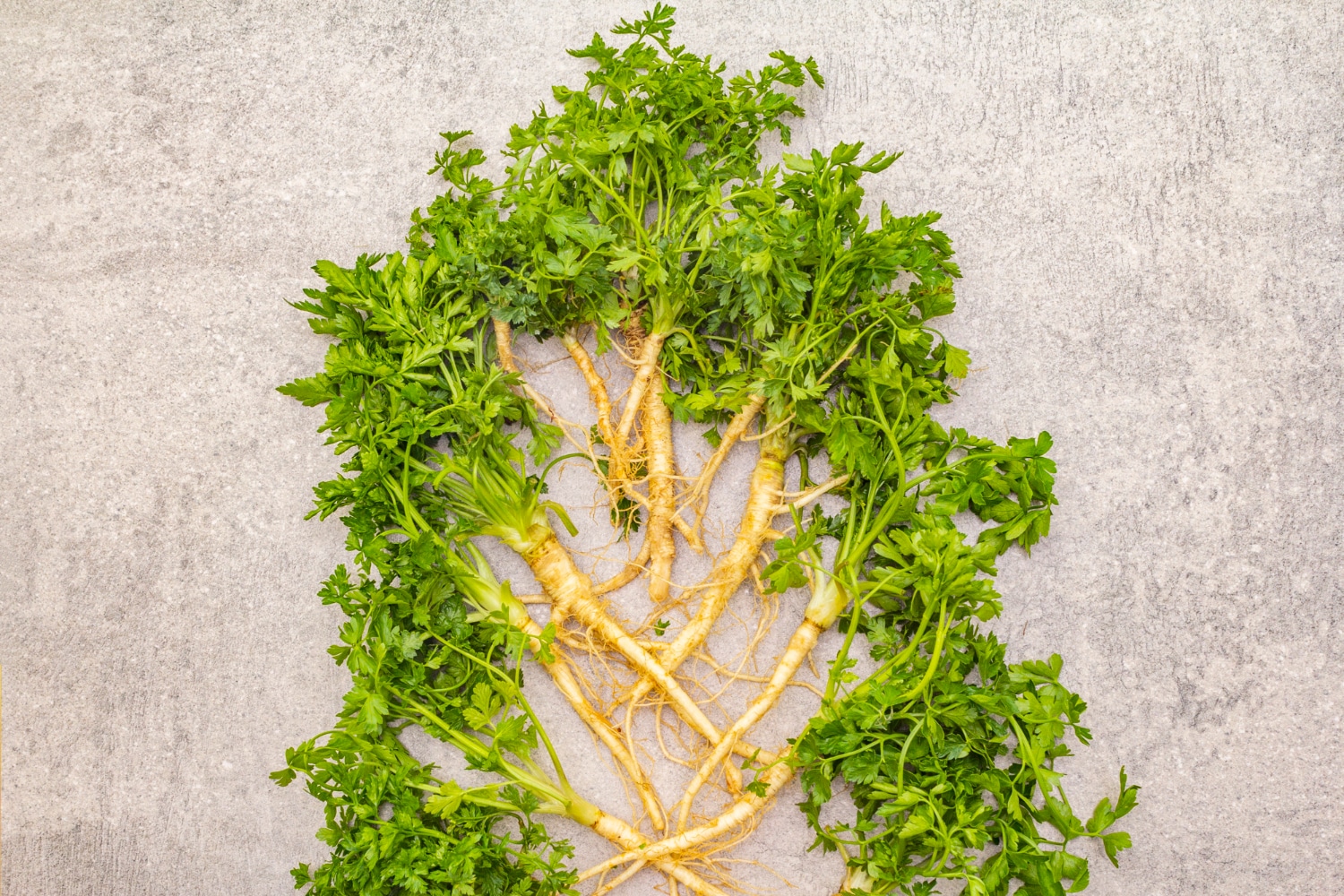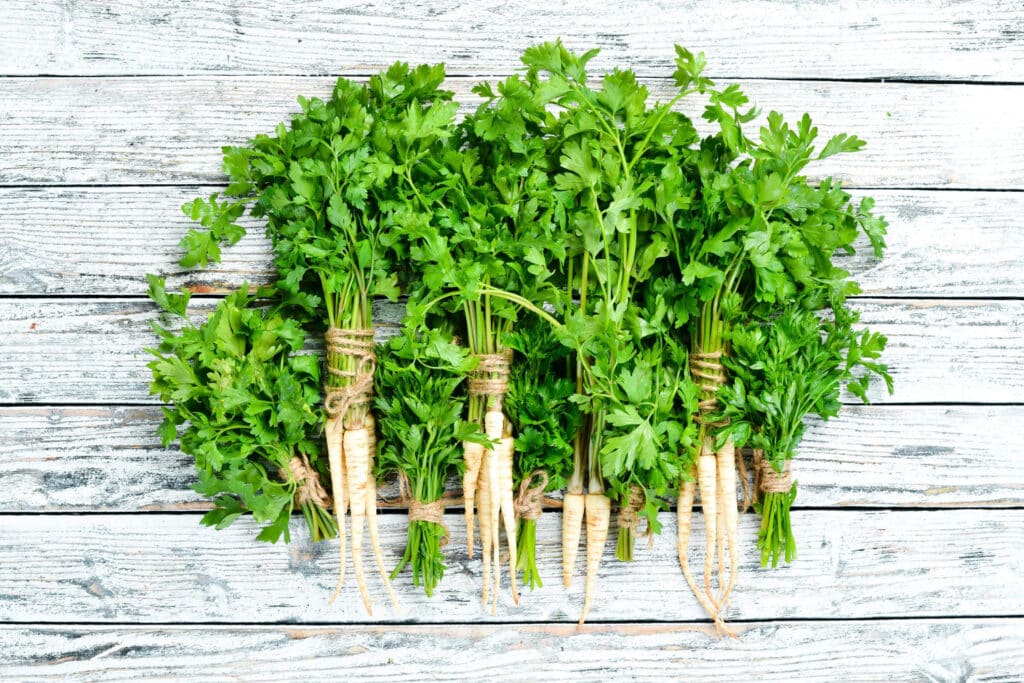Yes, you read it right. Coriander root may be the most overlooked part of this commonly used greenie but they are very powerful in terms of taste and benefits. People all over the world are realizing coriander root benefits and using it in their culinary recipes. Today, our article is about how to use coriander root in your cooking and extract most of its benefits. First, you need to understand
What Is Coriander Root Exactly?
Well, clear from its name it’s the root part. Coriander root is edible and have lots of benefits too. Those muddy white tentacles that you mostly throw away and use the rest. These roots have a very strong flavour and aroma as compared to the plant itself. So next time whenever you buy coriander, try buying it with roots intact.
For buying the roots, look for fresh ones. Wilted roots are of no use of course. Fresh ones will usually be very evident. Ignore slimy ones. As coriander can wilt early, so wrap them in paper and keep them refrigerated for up to one week. The paper will absorb extra moisture whereas the refrigerator will keep them fresh.
To get coriander root, before using, wash them properly because they are usually very muddy. They can carry dirt and germs. Wash them with cold water and pat dry with a paper towel. You may trim them according to your recipe.
How Can You Use Coriander Roots in Cooking?
These roots have a very strong aroma and taste. The flavour of coriander root is earthy, citrusy and a bit sweet too. It can be added to dishes from all around the world.

Here is how you can use them
- They are a good addition to soups and broths. Substitute them with the plant itself and you will see for yourself. They will be used in less quantity and give a better taste.
- Use them in making pastes and spices. For example, you can grind ginger, garlic, coriander root and other spices to create sauces for different foods.
- Adding it to gravies and curries gives your dish a nice aroma and taste.
- The root can also be used in salad dressing. However, don’t use it raw because the taste can be a bit poignant as ginger or garlic. Instead, use some water, sugar, lime, fish sauce etc. to create a yummy salad dressing.
- You can use coriander root with mayo and butter to create that herb-infused aromatic spread.
- Use them in pickles to enjoy them in spicy and pickly flavours.
- Chop them and sprinkle them over pasta to add a complex flavour.
Tips While Cooking
- Use a sharp knife. Coriander roots are a little rubbery than the stem so a blunt knife can disperse the flavours.
- To balance out the poignant flavour of coriander root, some people add water to reduce flavour. This won’t work well and will ruin the taste profile of your dish. Try to do so with coconut milk, lime or sugar.
- Different recipes bring out variant tastes from coriander root. Learn to use them in cooking techniques like frying, grilling or roasting.
Benefits Of Coriander Root
Coriander have lots of surprising benefits.
- First, they can make your dish very rich in terms of taste. They add complexity to the flavour profile.
- The aroma can boost your appetite and add a nice scent to your dish.
- Coriander roots are nutritional powerhouses. They contain essential oils, vitamins and minerals. They are a very good addition to your food giving you doses of vitamin C, Potassium, Manganese and iron.
- Coriander is fibre. It improves your gut health. Coriander root is a good remedy if you have a gas issue or slow digestion. Drinking its juice can help with gastrointestinal discomfort.
- Being a green plant, coriander root is rich in antioxidants. Using it regularly in foods can help reduce inflammation in the body.
Can You Preserve And Substitute Coriander Root?

Most people throw away coriander roots. If kept in the refrigerator, they can stay fresh for up to 1 week. However, to preserve them for a longer period, make a paste and freeze it in the shape of ice cubes. Frozen paste can be used for up to months. Also, you may dry them up and make a powder. Powder can be stored and used for longer periods too.
Coriander roots can’t be substituted well other than the plant itself. So if you don’t have coriander root, use the plant part. Though it will be not as intense in flavour, it can still give a nice touch to your dish.
You can also use coriander seeds instead of coriander roots. The only greenie that can replicate the taste of coriander is Cilantro. However, still, there will be a slight difference.



